-
Chemical in french wine
history:"In 1935, the AOC were organic" dixit eric conan (french journalist). beginning of chemistry for viticulture was end 1960We are the first in Europe to pour out chemicals in farming (140,000 tonnes).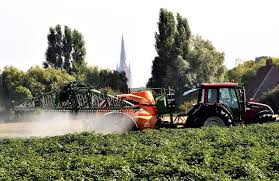 effects:In a study dated July 22, the General Commission for Sustainable Development, shows that contamination of French water with pesticides is "almost universal".
effects:In a study dated July 22, the General Commission for Sustainable Development, shows that contamination of French water with pesticides is "almost universal".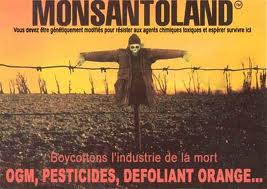 some numbersIn France, 2.1% of cultivated areas were devoted to viticulture in 2006. Latter consumed 20% of pesticides used in France.France produces 20% of the wine in the world and stays the largest producer in 2010 with 44.75 million hectoliters but every year sees decline in production in proportions varying between 2 and 5%Total area of wine regions: The total area of the wine regions of 835,805 hectares classified as AOC-PDO, PGI and French table wine.Read more:30,000 wineries in FranceIn 2014, we should reach in France 60,000 certified organic hectares, against 20,000 in 2010, more than 8% of the total surface of vineyards.
some numbersIn France, 2.1% of cultivated areas were devoted to viticulture in 2006. Latter consumed 20% of pesticides used in France.France produces 20% of the wine in the world and stays the largest producer in 2010 with 44.75 million hectoliters but every year sees decline in production in proportions varying between 2 and 5%Total area of wine regions: The total area of the wine regions of 835,805 hectares classified as AOC-PDO, PGI and French table wine.Read more:30,000 wineries in FranceIn 2014, we should reach in France 60,000 certified organic hectares, against 20,000 in 2010, more than 8% of the total surface of vineyards.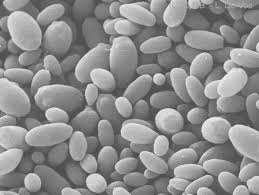 the yeast in wine:yeast is not chemical. It comes natural yeasts. It is made by the laboratory. But why give them the taste of candy synthesis?A packet of yeast costs between 20 euros and 30 euros per kilo, it takes 40 grams per hectolitre / liter of wineabout 1 kilo of yeast to 22 hectoliters of wine2,000 tons of yeast for 40 million hectoliters of wineAveraging the spending on chemical for vines:465,483,000 euros is spending approximatelycalculating expenses yeast added2,000 tons of yeast for 40 million hectoliters: 40 million eurosI does not have the numbers for the other inputs in the wine.
the yeast in wine:yeast is not chemical. It comes natural yeasts. It is made by the laboratory. But why give them the taste of candy synthesis?A packet of yeast costs between 20 euros and 30 euros per kilo, it takes 40 grams per hectolitre / liter of wineabout 1 kilo of yeast to 22 hectoliters of wine2,000 tons of yeast for 40 million hectoliters of wineAveraging the spending on chemical for vines:465,483,000 euros is spending approximatelycalculating expenses yeast added2,000 tons of yeast for 40 million hectoliters: 40 million eurosI does not have the numbers for the other inputs in the wine.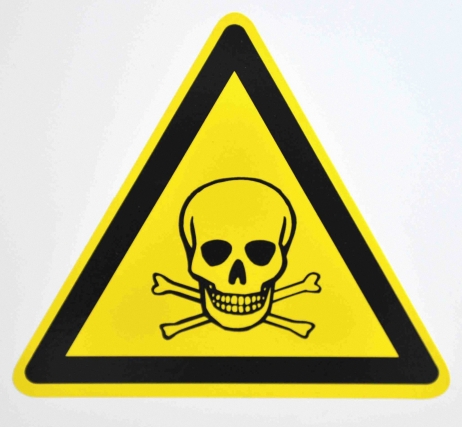 Consequences :Chemistry in vines give serious diseases for growers and farmers. One estate from dordogne was sentenced for his employee got sick.Chemistry kill yeasts on the grapes and winemakers have used yeast. For me the added yeast standardize winein 2012, the laboratory « excel » analyzed conventional wines - from book vinobuisness Isabelle saporta- , they all found residues of chemicals. In 2008, an association PAN EUROPE analyzed blindlywines. Result all conventional wines had pesticide residues, but not the organic wine .
Consequences :Chemistry in vines give serious diseases for growers and farmers. One estate from dordogne was sentenced for his employee got sick.Chemistry kill yeasts on the grapes and winemakers have used yeast. For me the added yeast standardize winein 2012, the laboratory « excel » analyzed conventional wines - from book vinobuisness Isabelle saporta- , they all found residues of chemicals. In 2008, an association PAN EUROPE analyzed blindlywines. Result all conventional wines had pesticide residues, but not the organic wine .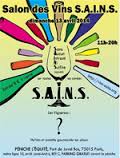 what to doDrinking organic wines. The only wines without chemical residues from organic agricultureBut be careful there are organic wine using yeast laboratory and other inputYou have three association europe for natural wines.in FranceAvn Organic winemaker without input with little sulfur of 30 milligrams per liter of wineSAINS : wineries without sulfuritalyVinatura : Italian winemaker organic with little sulfur and without input
what to doDrinking organic wines. The only wines without chemical residues from organic agricultureBut be careful there are organic wine using yeast laboratory and other inputYou have three association europe for natural wines.in FranceAvn Organic winemaker without input with little sulfur of 30 milligrams per liter of wineSAINS : wineries without sulfuritalyVinatura : Italian winemaker organic with little sulfur and without input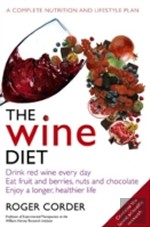 Conclusionwine is good for health when it has no chemical residues read "wine diet » from professor Roger CorderWhen Robert Parker said on tweeter " Pouring further scorn on the “undefined scam called ‘natural’ or ‘authentic’ wine”, he said it would be exposed as a fraud when one considered that “most serious wines have no additives”. For me with my arguments cited above, this tweet of Robert Parker is stupidity.
Conclusionwine is good for health when it has no chemical residues read "wine diet » from professor Roger CorderWhen Robert Parker said on tweeter " Pouring further scorn on the “undefined scam called ‘natural’ or ‘authentic’ wine”, he said it would be exposed as a fraud when one considered that “most serious wines have no additives”. For me with my arguments cited above, this tweet of Robert Parker is stupidity.

